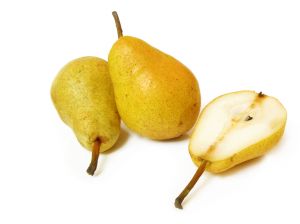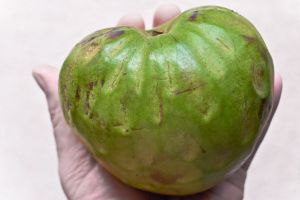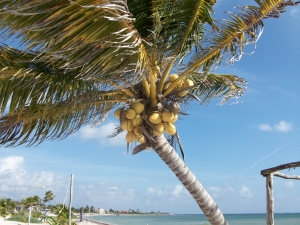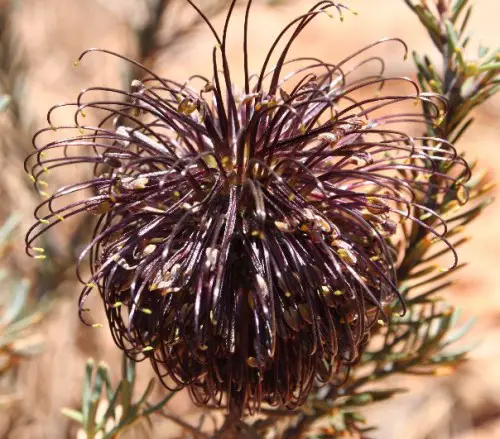Pear
Pears come from a perennial fruit tree. It is cultivated in cool, temperate climates and there has been evidence that it has pears were eaten in prehistoric times, as they have been found in Swiss lake dwellings. In addition, pears and its equivalent words occur in all of the Celtic and Slavonic languages. It has also featured in the Odyssey, as it was grown in the amazing orchard of Alcinous. In fact the botanist, Alphonse de Candolle, inferred to it as a very ancient cultivated tree which was grown from the shores of the Caspian sea to the Atlantic Ocean.
As a result, pears are thought to be native to the coastal and mild temperate regions of the world, from western Europe, northern Africa, and Asia. In 2008, the largest producer of pears was China, who produced more than half of the world’s harvest. This was followed by Italy, the USA, and Spain.
Pear trees are medium-sized, and reach to a height of about 10 to 17 metres tall. They often have a tall and narrow crown, although some pear species are more shrubby. Its leaves are between 2 to 12 cm long, but its colour and shape varies as it can be glossy and green on some, yet dense and silvery-hairy on others.
Most pears are deciduous, however there are 1 or 2 Southeast Asian pear species that are evergreen. They can withstand the cold, up to −25 °C and −40 °C. However, the evergreen species are exceptions and can only last up to −15 °C. They have white flowers, but sometimes they can have a slight yellow or pink tinting. There are about 30 primary species as well as hybrid cultivars. The most common pears that are recognised include the almond-leafed pear, Chinese white pear, Callery pear, European pear, Plymouth pear, Algerian pear, Oleaster-leafed pear, Nashi pear, and the Siberian pear.
Pears can be grown by sowing the seeds or pips of the pear. However, they can also be grafted. They are harvested before they are fully ripe when they are still green, but snap off the tree when they are lifted. If they are left to ripen and turn yellow on the tree, the sugar content in the pears will turn into starch crystals and will have a gritty texture.
Pears should be stored at room temperature until they are ripe. They are ripe when the flesh around its stem gives in to gentle pressure. Pears will ripen faster if they are placed next to bananas in a fruit bowl. They should be stored in the refrigerator, where they have a shelf life of between 2 to 3 days. You can refrigerate pears in order to slow down the ripening process.
This fruit can be consumed fresh, dried, canned, or in a juice. In the Ancient Roman times, they were eaten in stewed form and never fresh. The wood of pears can be used to make high quality woodwind instruments and furniture. It can also be used as firewood to produce an aromatic smoke, for smoking meat, or tobacco. Pear leaves were actually smoked in Europe before tobacco was introduced.




